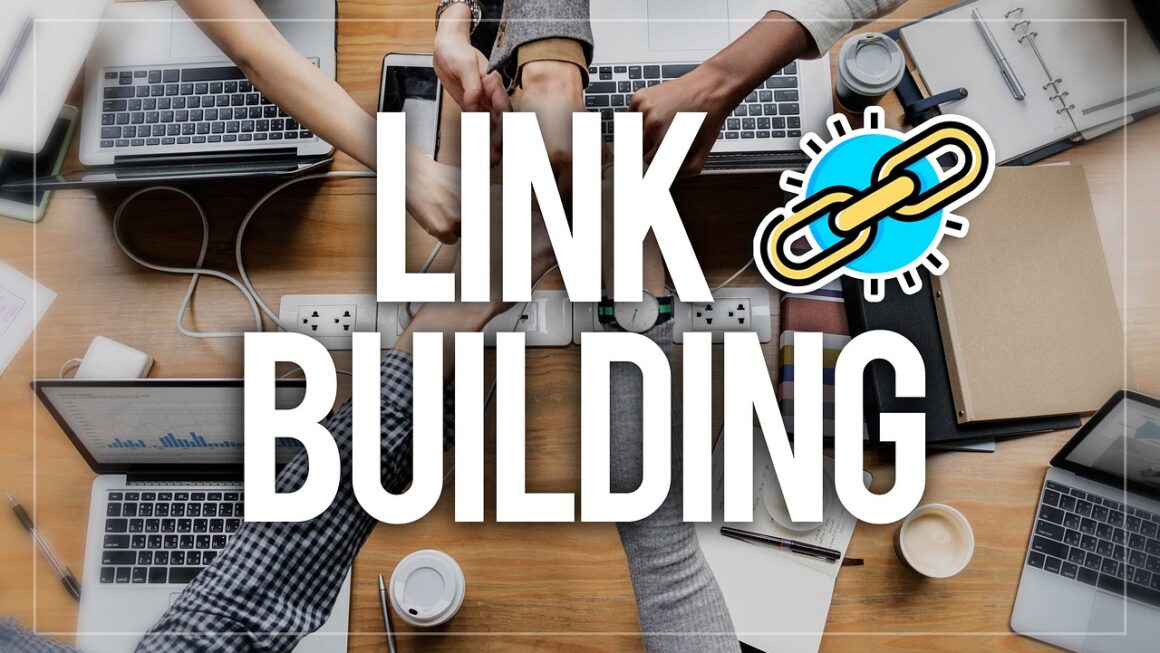Imagine a world where your marketing efforts are not just targeted, but hyper-personalized and incredibly effective. That’s the power of AI-powered remarketing. In today’s competitive digital landscape, simply reaching potential customers isn’t enough. You need to re-engage those who’ve shown interest in your products or services, and AI remarketing tools provide the intelligence and automation to do just that, leading to higher conversion rates and increased ROI. This blog post delves into the exciting realm of AI remarketing, exploring its benefits, key features, and how you can leverage it to elevate your marketing game.
Understanding AI in Remarketing
What is AI Remarketing?
AI remarketing utilizes artificial intelligence algorithms to optimize and personalize remarketing campaigns. Traditional remarketing often relies on basic segmentation and rules-based targeting. AI, however, goes beyond this by analyzing vast amounts of data to predict user behavior, understand individual preferences, and deliver highly relevant ads at the optimal time and place. This means more than just showing ads to people who visited your website; it’s about understanding why they visited, what they were looking for, and what might entice them to return.
How AI Enhances Traditional Remarketing
- Predictive Analytics: AI algorithms analyze past user behavior, browsing history, purchase patterns, and demographic data to predict future actions and preferences.
- Dynamic Creative Optimization (DCO): AI can automatically generate and test different ad creatives (headlines, images, calls-to-action) to identify the most effective combinations for each user segment.
- Personalized Recommendations: AI can suggest products or services based on individual user interests, past purchases, and browsing history.
- Automated Bidding: AI algorithms can automatically adjust bids in real-time to maximize ROI based on predicted conversion probabilities.
- Optimized Timing and Frequency: AI can determine the optimal time and frequency to display ads to each user to avoid ad fatigue and maximize engagement.
- Example: Instead of showing the same generic ad to everyone who viewed a product page, AI remarketing can tailor the ad based on whether the user added the item to their cart, viewed related products, or searched for competitor options.
Benefits of Using AI Remarketing Tools
Increased Conversion Rates
AI’s ability to deliver highly personalized and relevant ads significantly increases the likelihood of conversions. By understanding individual user needs and preferences, AI can present offers that are more appealing and persuasive.
- Tailored Messaging: Personalized ads resonate more with users and increase engagement.
- Improved Relevance: Showing ads for products or services that users are actually interested in leads to higher click-through rates and conversion rates.
Improved ROI
By optimizing ad spending and maximizing conversion rates, AI remarketing can significantly improve your return on investment.
- Reduced Waste: AI helps to avoid showing ads to users who are unlikely to convert.
- Optimized Bidding: Automated bidding strategies ensure that you’re paying the right price for each ad impression.
- Increased Efficiency: AI automates many of the manual tasks involved in remarketing, freeing up your time to focus on other strategic initiatives.
Enhanced Customer Experience
AI remarketing can improve the customer experience by providing users with relevant and helpful information.
- Personalized Recommendations: Help users discover products or services they might be interested in.
- Timely Reminders: Remind users about abandoned carts or incomplete purchases.
- Targeted Offers: Provide users with exclusive discounts or promotions based on their past behavior.
- Data Point: Studies show that personalized ads can generate up to 6x higher conversion rates compared to generic ads. (Source: Various marketing research reports)
Key Features to Look for in AI Remarketing Tools
Predictive Analytics
A robust predictive analytics engine is crucial for understanding user behavior and predicting future actions.
- User Segmentation: The ability to segment users based on various criteria, such as demographics, behavior, and purchase history.
- Propensity Modeling: The ability to predict the likelihood of a user converting or taking a specific action.
- Churn Prediction: The ability to identify users who are at risk of churning or unsubscribing.
Dynamic Creative Optimization (DCO)
DCO allows you to automatically generate and test different ad creatives to identify the most effective combinations for each user segment.
- Automated Ad Creation: The ability to automatically generate ad creatives based on pre-defined templates and data feeds.
- A/B Testing: The ability to automatically test different ad creatives to identify the best performing variations.
- Personalized Content: The ability to personalize ad content based on individual user preferences.
Automated Bidding
Automated bidding algorithms optimize your bids in real-time to maximize ROI.
- Target CPA Bidding: Automatically adjust bids to achieve a target cost per acquisition.
- Target ROAS Bidding: Automatically adjust bids to achieve a target return on ad spend.
- Smart Bidding: Use machine learning to optimize bids across various factors, such as device, location, and time of day.
- Example: An e-commerce company selling shoes could use DCO to automatically generate ads featuring different shoe styles based on a user’s browsing history and past purchases. If a user recently viewed running shoes, the DCO would prioritize ads showcasing running shoe options.
Implementing AI Remarketing: A Step-by-Step Guide
Step 1: Define Your Goals
Clearly define what you want to achieve with AI remarketing. Are you looking to increase conversion rates, improve ROI, or enhance customer experience?
- Example Goal: Increase conversion rates for abandoned carts by 15% within the next quarter.
Step 2: Choose the Right AI Remarketing Tool
Select an AI remarketing tool that aligns with your business needs and budget. Consider factors such as features, pricing, and ease of use.
- Research: Compare different AI remarketing tools based on your specific requirements.
- Trial Period: Take advantage of free trials to test out different tools before making a decision.
Step 3: Integrate Your Data Sources
Connect your AI remarketing tool to your various data sources, such as your website, CRM, and marketing automation platform.
- Data Mapping: Ensure that your data is properly mapped to the AI remarketing tool’s data model.
- Data Cleansing: Cleanse your data to remove any errors or inconsistencies.
Step 4: Create Personalized Ad Campaigns
Develop personalized ad campaigns that target specific user segments.
- Audience Segmentation: Create different audience segments based on user behavior, demographics, and purchase history.
- Ad Creative Design: Design ad creatives that are relevant and engaging to each audience segment.
- A/B Testing: Test different ad creatives and targeting strategies to optimize your campaigns.
Step 5: Monitor and Optimize
Continuously monitor your AI remarketing campaigns and make adjustments as needed.
- Performance Tracking: Track key metrics such as click-through rates, conversion rates, and ROI.
- A/B Testing: Continuously test different ad creatives and targeting strategies to optimize your campaigns.
- Algorithm Learning: Allow the AI algorithms to learn and adapt over time to improve performance.
- Actionable Tip: Start with a small-scale AI remarketing campaign and gradually expand it as you see positive results.
Potential Challenges and How to Overcome Them
Data Privacy Concerns
Collecting and using user data raises privacy concerns. It’s crucial to comply with all relevant data privacy regulations, such as GDPR and CCPA.
- Transparency: Be transparent with users about how you’re collecting and using their data.
- Consent: Obtain user consent before collecting and using their data.
- Data Security: Implement strong data security measures to protect user data.
Algorithmic Bias
AI algorithms can be biased if they are trained on biased data. This can lead to unfair or discriminatory outcomes.
- Data Auditing: Audit your data to identify and address any potential biases.
- Algorithm Monitoring: Monitor your AI algorithms to ensure that they are not producing biased results.
- Explainable AI: Use explainable AI techniques to understand how your AI algorithms are making decisions.
Implementation Complexity
Implementing AI remarketing can be complex and require specialized expertise.
- Training: Invest in training your team on how to use AI remarketing tools effectively.
- Consulting: Consider hiring a consultant to help you implement and manage your AI remarketing campaigns.
- Start Small: Begin with a simple AI remarketing campaign and gradually expand it as you gain experience.
Conclusion
AI remarketing is revolutionizing the way businesses re-engage with potential customers. By leveraging the power of artificial intelligence, marketers can deliver highly personalized and relevant ads, resulting in increased conversion rates, improved ROI, and enhanced customer experiences. While there are challenges to consider, the benefits of AI remarketing far outweigh the risks. By understanding the key features of AI remarketing tools, following a step-by-step implementation guide, and addressing potential challenges, you can unlock the full potential of AI and take your marketing efforts to the next level. Embrace the future of marketing and start exploring the world of AI remarketing today!




